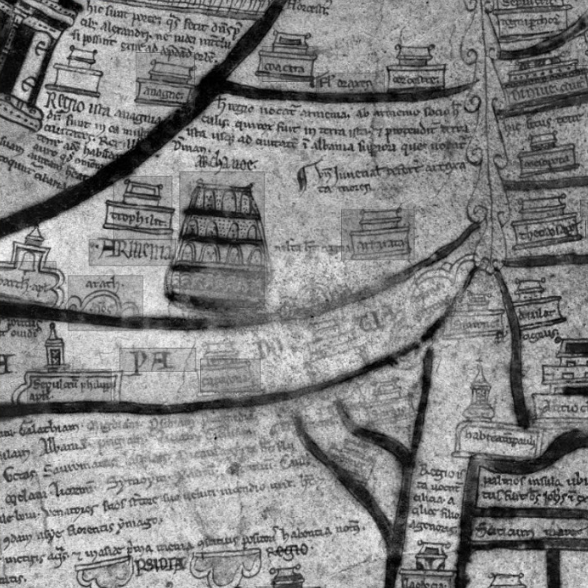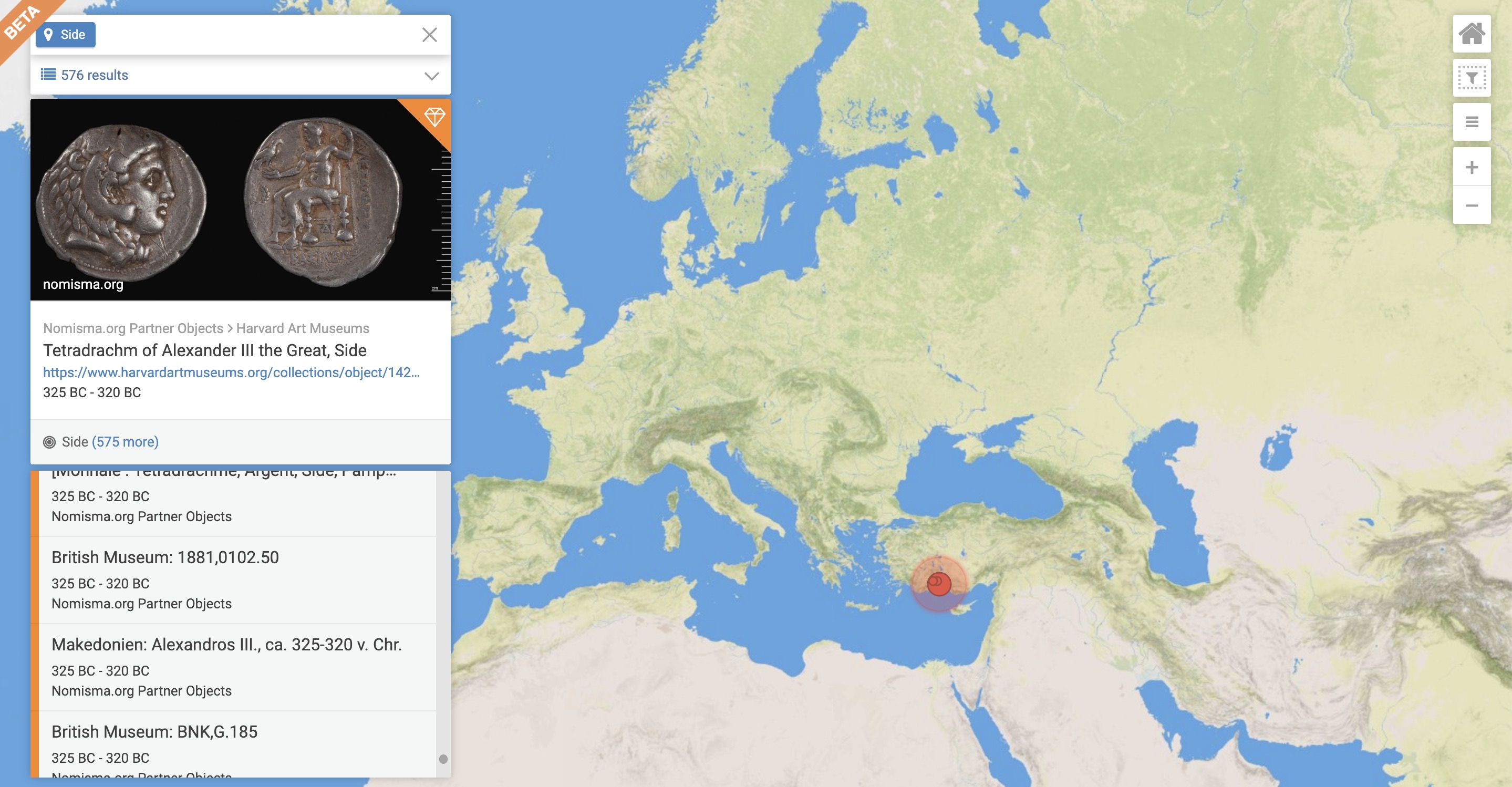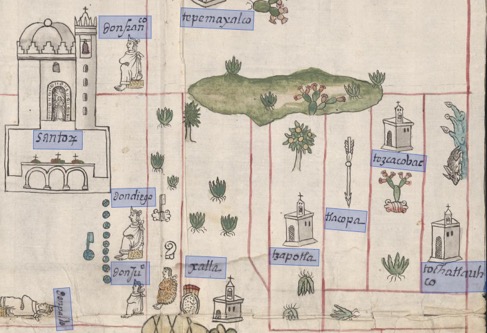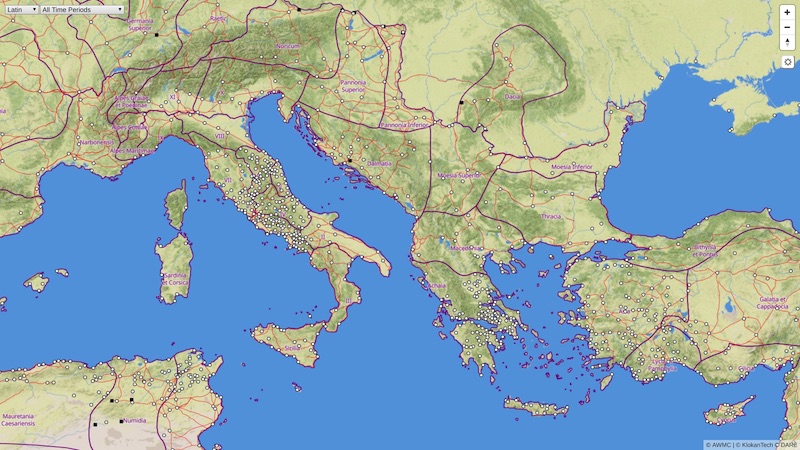

Supports the development of tools and methods for visualising geospatial information
The purpose of the Visualisation Activity is to support developers and end-users in conceptualising and developing methods and tools for:
For more details, see our Activity Charter here

The Lazarus Project is a multispectral imaging collaboration, based out of the University of Rochester. They employ state-of-the-art imaging technology to digitally recover faded, burned or otherwise damaged documents.

Linked Open Data is a powerful tool for navigating through the complexity of the inherently multifaceted reality of archaeological sites, which results from the intersections of space, materiality, language, visual culture, history, text, and so on. However, LOD also poses the challenge of how to manage such complexity in a meaningful way. In this post, Chiara Palladino reports on an experimental project developed during a Classical Archaeology course in 2018 at Furman University, where students researched four different Graeco-Roman sites, with the goal of reconstructing the main aspects of their material history through exclusively LOD-based resources.

In the EviDENce project, researchers at the Royal Netherlands Academy of Arts and Sciences Humanities Cluster’s Digital Humanities Lab work with historians and eScience engineers to investigate how the perception of the concept of ‘violence’ changes over time through eyewitness reports and ego-documents (ego documents are texts in which the personal life and experiences of the author play an important and central role such as diaries, autobiographies and memoirs). In the first year of the project, they focused on transcribed WWII eyewitness interviews and we investigated how suitable state-of-the-art language technology pipelines are for the purposes of extracting relevant information from these interview texts. Read more about the project here

The project ‘Digging into Early Colonial Mexico: A large-scale computational analysis of sixteenth-century historical sources’ (DECM) at the University of Lancaster is developing novel methods and tools for mining data from both textual and pictorial historical records.

The Roman Empire Vector Map gives people a chance to explore the ancient Mediterranean world as it was during the Roman Empire. They can see much of the road network, discover original place names, and much more with the comfort similar to Google Maps.